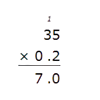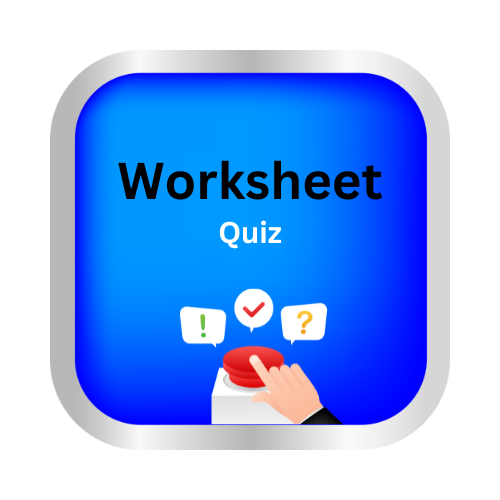Percent of a number: VAT, discount and more
Key notes:
For example, 50% means ”50 per hundred” or 50/100.
Percent (%) means ”rate per 100.”
Learn with an example

Zachary wants to buy a soccer ball key chain. The original price is ₹0.64. How much will Zachary pay if he buys it during the sale?
₹———.
Find the discount.
The discount is 50% of the original price. Multiply to find 50% of ₹0.64.
discount=50% . 0.64
=50/100 . 0.64 Write the percent as a fraction
=0.5 . 0.64 Write the fraction as a decimal
=0.32 Simplify
The discount is ₹0.32. This means the sale price will be ₹0.32 less than the original price.
Find the sale price.
Subtract the discount from the original price.
sale price=0.64–0.32
=0.32 Simplify
Zachary will pay ₹0.32.
Cole buys a beaded key chain priced at ₹35. Shipping and handling are an additional 20% of the price. How much shipping and handling will Colepay?
₹——-.
Write the percentage as a decimal.
20%=0.2
Multiply the decimal by the price. Multiply as you would multiply whole numbers, then write the decimal point in the answer.

Cole will pay ₹7 in shipping and handling.

Bill wants to buy a rolling pin. The original price is ₹4.40. How much will Bill pay if he buys it during the sale?₹——–
Find the discount.
The discount is 70% of the original price. Multiply to find 70% of ₹4.40.
discount=70% . 4.40
=70/100 . 4.40 Write the percent as a fraction
=0.70 . 0.40 Write the fraction as a decimal
=3.08 Simplify
The discount is ₹3.08. This means the sale price will be ₹3.08 less than the original price.
Find the sale price.
Subtract the discount from the original price.
sale price=4.40-3.08
=1.32
Bill will pay ₹1.32.
let’s practice!

